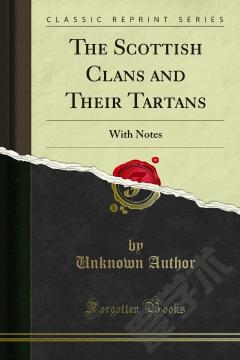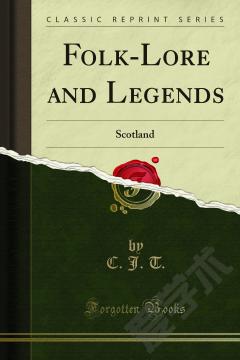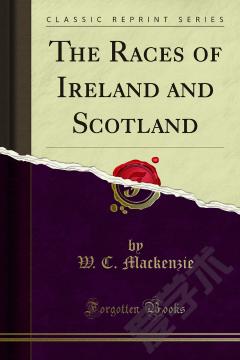The Scottish Clans and Their Tartans —— With Notes
----- 苏格兰氏族及其格子呢
The Scottish Highlanders are the remnant of the great Celtic race which remained untouched by the Roman and Saxon invasions on the south, and the Danes on the east and west of the country, and they were the last to oppose with perfect success the otherwise conquering arms of Rome.When, in the year 81 of the Christian era, Agricola invaded North Britain, it was inhabited by twenty-one aboriginal tribes or clans.The introduction of clanship and tartans seems to be beyond the reach of history, but Logan, in his Scottish Gael (vol. i., p. 230), gives the following extract from the charge and discharge of John, Bishop of Glasgow, Treasurer to King James III., 1471: -Ane elne and ane halve of Blue Tartane, tolyne his gowne of cloth of gold … £1, 10s. (Scots)Four elne and ane halve of Tartane, for asparwort aboun his credill, price aneelne 10s … £2, 5s.Halve ane elne of doble Tartane, to lyneridin collars to her lady the Queen, price 8 shillins.In the accounts of the Lord High Treasurer of Scotland, in August 1538, are entries regarding a Highland dress for King James V., on the occasion of that monarch making a hunting excursion to the Highlands. The dress was made of vari-coloured tartan.In more modern times the following references may be quoted. In 1640, General Leslie states that the Highlanders under his command were composed of men of the same name or clan; as to the Tartan, reference is made as to its price in the Acts of Parliament of Scotland in 1661. In the ornamental title to Bleau's Map of Scotland, published in 1654, two Highlanders are represented in striped clothes, one of them wearing the Belted Plaid, consisting of a large and long piece of plaiding, which was so folded and confined by a belt round the waist as to form a complete dress, plaid and kilt in one piece. This is supposed to be the origin of the now highly ornamental Highland dress.
{{comment.content}}








 京公网安备 11010802027623号
京公网安备 11010802027623号